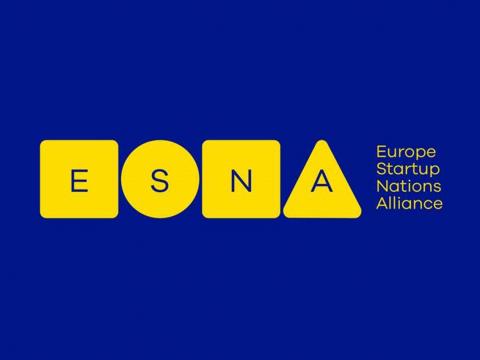Using algorithms inspired by ants’ behaviour in autonomous vehicles and the legal status of driverless vehicles in Poland

As autonomous cars become an increasingly interesting transport alternative, there will be a growing need for artificial intelligence applications to prevent traffic congestion and accidents. In simplest terms, this could mean that driverless cars will need to communicate and work together. That is why researchers see some promise in preventing both traffic jams and collisions by learning from ants, which are social insects.
What it is and what is the purpose and use of the Ant Colony Optimization?
Ant colony optimisation (ACO) was proposed in the early 1990s by Italian researcher Marco Dorigo. During his PhD thesis, he aimed to search for an optimal path in a graph based on the behaviour of ants searching for a path between the colony and a food source. The basic premise of the ant algorithm is to mimic the behaviour of ant colonies found in the real world. In contrast, their counterparts in digital reality are generated ants that will make limited evaluations of alternative options in the decision-making process. [1] To understand this phenomenon we need to delve into what “swarm intelligence” is. It is actually the collective behavior of any set of decentralized, self-organizing systems that are natural or artificial. It is now commonly used to describe work on artificial intelligence. Swarm intelligence refers to a general set of algorithms. How are such algorithms developed? Based on observations of animal behavior in the wild. This may be direct observation, as was the case in the development of the ant colony optimization algorithm, or it may result from analysis of data from other scientific papers describing the social behavior of selected animal species.[2]



